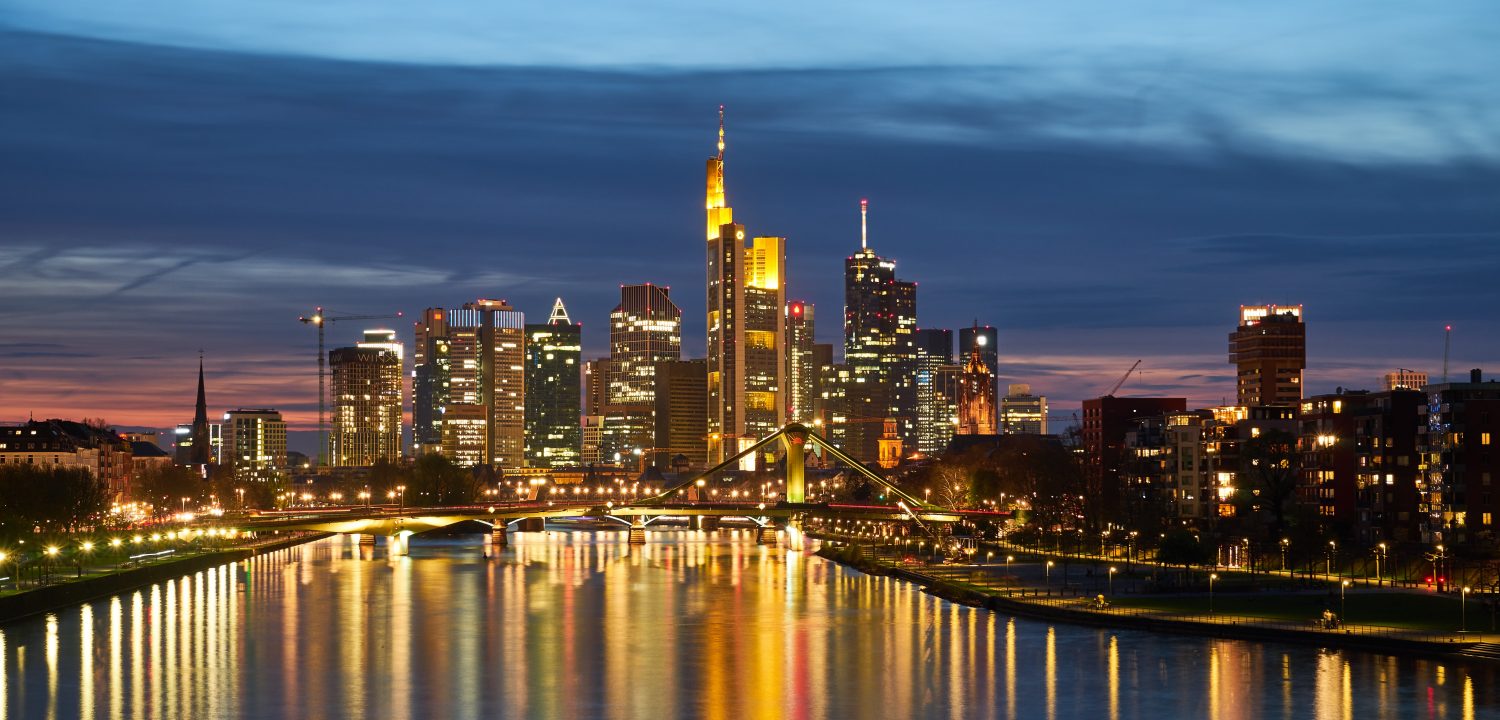Berlin to Frankfurt
Relaxing, eco-friendly travel without the queues and security checks of an airport? Here are our top reasons why you should ditch flying and travel the 500 km between Berlin and Frankfurt by train.
1. The route itself
2. The train ride
High speed and maximum convenience. High-speed ICE trains are one of the most convenient ways of travelling between Berlin and Frankfurt, with 2-3 direct trains an hour and numerous other indirect connections. The journey takes approx. 4 hours. Berlin–Frankfurt is one of the busiest routes in Germany, so we recommend reserving a seat or booking in advance for affordable first class tickets. To check how busy your train is expected to be, visit www.bahn.de or download the DB Navigator app.
On-board entertainment. All ICE trains now permit passengers access to the ICE Portal, an extensive media library with films, documentaries, podcasts and music available. Best of all, it’s free of charge! Simply log on to the train’s Wi-Fi on your smartphone, computer or tablet and start watching.
On-board bistro. Each ICE train features an on-board restaurant or bistro offering breakfast, lunch and dinner as well as a selection of drinks and snacks. In first class, you can even be served at your seat.
3. Prices
Effective and affordable. If you’re travelling on a budget, check out Flixtrain as an alternative to the more expensive ICE trains. The carriages are a little older and the journey takes a little longer at approx. 5 hours, but the trains still have Wi-Fi, sockets and snacks, and tickets are considerably cheaper with early bird prices from just €9.99.
Early bird fares. Those that know their travel dates in advance should take advantage of Deutsche Bahn’s Saver and Super saver fares. Prices start at €19.90 per person (with discounts available for additional passengers and those travelling with a BahnCard) but may increase or decrease depending on how busy trains are or if deals are on offer. Friday and Saturday trips not booked in advance will be the most expensive. Use the DB Saver fare finder to find the best deals.
Time and again. If you travel regularly on Deutsche Bahn trains, the most affordable option is to get a BahnCard. These travel cards provide discounts of 25% or 50% and are valid for 3 months, 1 year or on a subscription basis. If you travel multiple times a month, consider getting the BahnCard 100 for the entire German rail network and public transport in most German cities.
How to buy your ticket
Tickets can be purchased at the following locations:
- DB counters in major railway stations across Germany
- Online at www.bahn.de
- Ticket machines in most stations
- DB Navigator app
- On-board from the conductor (on ICE, IC and EC trains). Buy your ticket as quickly as possible as the conductor may think you are trying to travel without a ticket. This option costs at least €19 extra.
Ga mee railtrippen!
Cover photo by Mathias Konrath on Unsplash


Leave a Comment